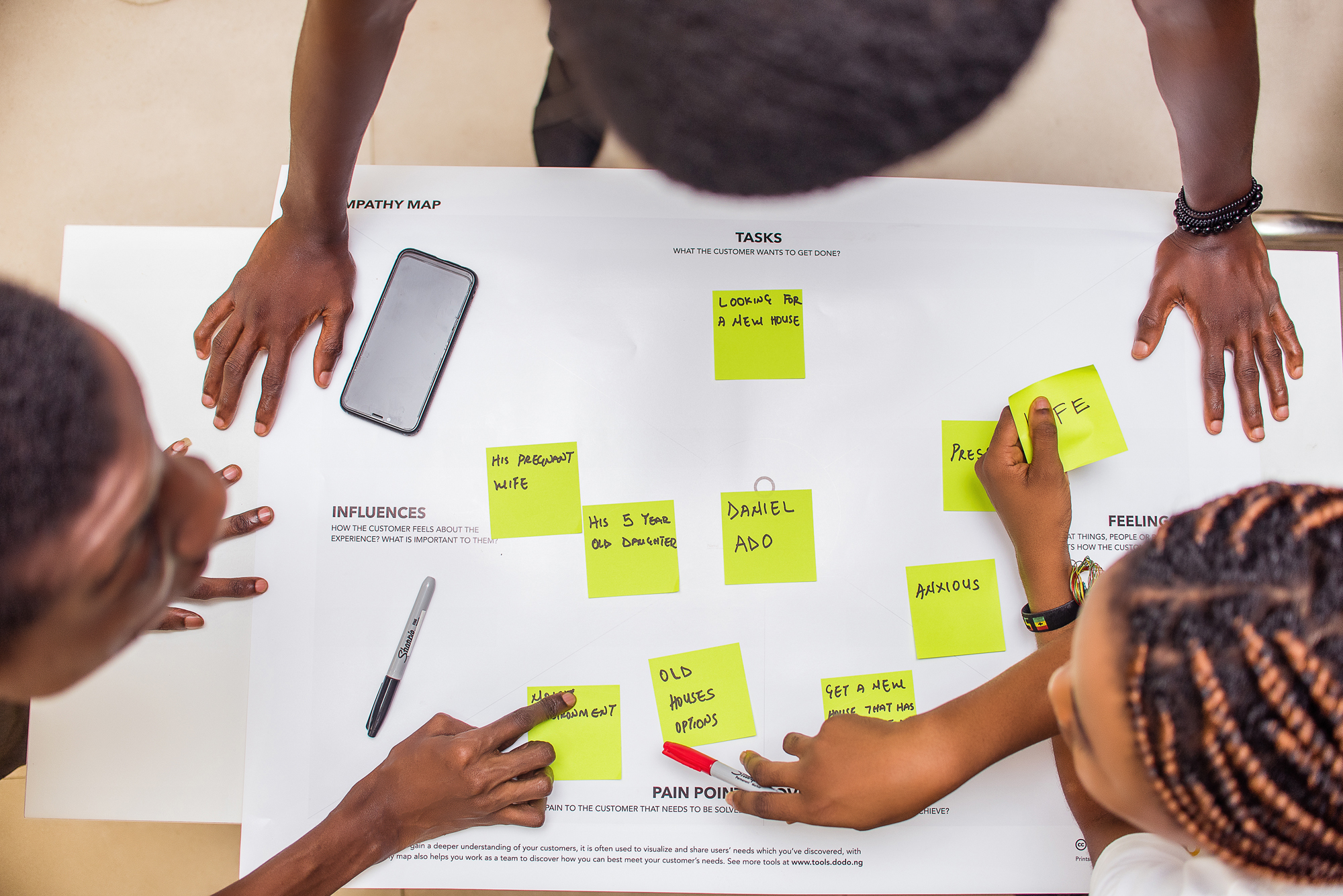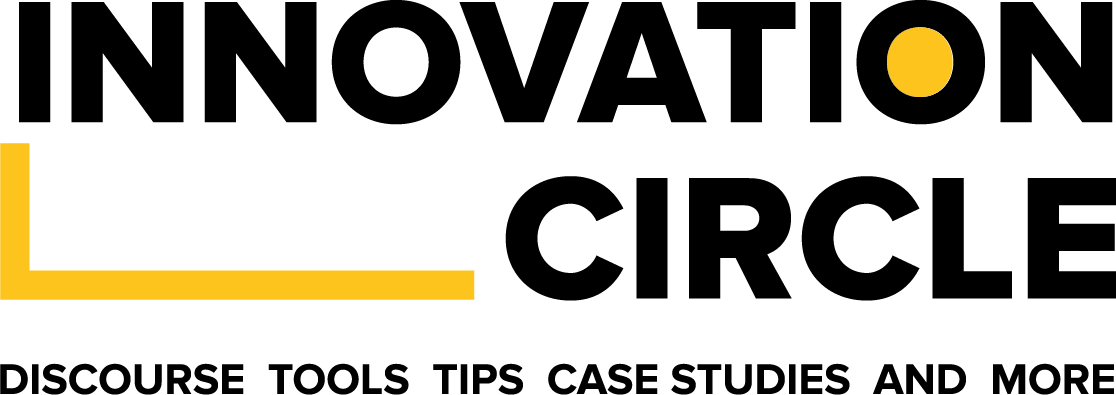
Applicable Lessons In Design Thinking For Technology Products
There are interesting ways in which we can apply Design Thinking in building amazing technological products. On this article we share lessons from the Global Senior Director, Enterprise Analytics at SAP, Kaan Turnali.
“If we think of design as a mindset, instead of an abstract concept, people and processes become the primary focus of innovation, while technology plays a secondary role”
Many times, companies embark on new product development with a focus on technology and the vast potentials of it, but with very little consideration for the user. This, no doubt, is one of the reasons many products fail yearly- user research on what consumers are needing and the usefulness of the product, wasn’t done right.
In this excerpt from our discussion with Kaan Turnali of SAP, he lays out certain reasons why technology-focused products perform subpar to those built with user centered approaches. Design today is no more an abstract concept, people and processes have to become the primary focus. The trap, for instance, in technology products is focusing on great features rather than discovering if these features are at the core of what the users find valuable: does it matter to them?
“The focus of technology design and innovation should never be on what the technology can do for the user, but rather what the user can do with that technology.”
When we design products and services, we are creating experiences, even if the boundaries are narrow and controlled,” Kaan further stated. Products bear a brand name and promising features, experiences are the memorable moments users get from engaging in the product. These experiences are what influences how they describe the product or rate it, not just the features. Finding out what matters to the user and building for it increases engagement beyond features and aesthetics. This saves time, resources and impacts performance as well.
“In return, we must understand what matters to the user so we can build for and with that purpose to go beyond transactional elements.”
Central Lesson: For any company and leader seeking to drive positive impact within their organization, creating solutions with a look, first at their customers and not just on the available technology, is important to truly serving the customers’ needs and capturing value for their stakeholders.



